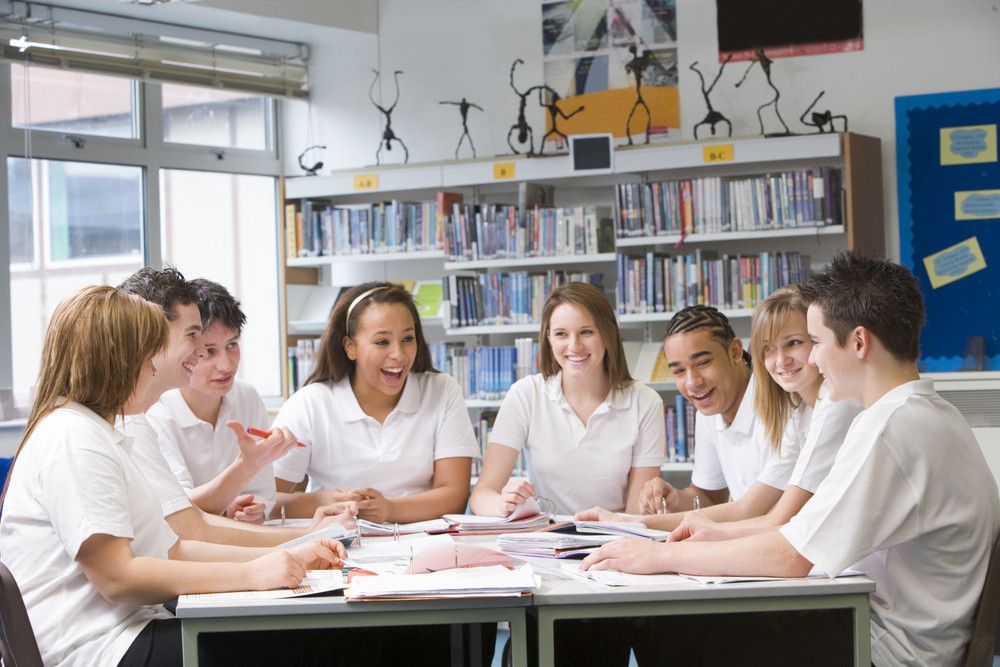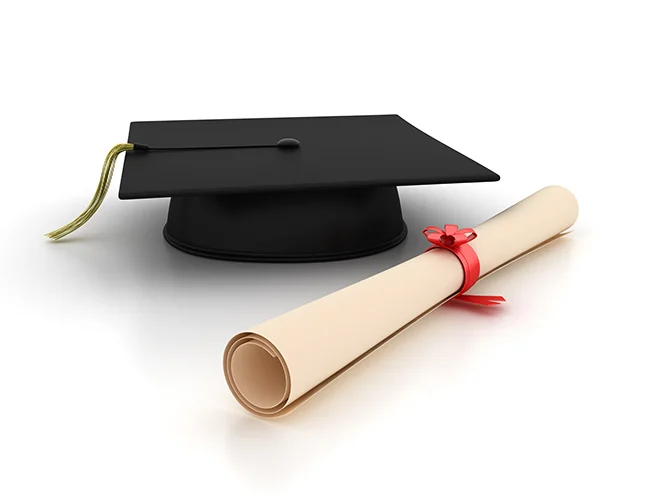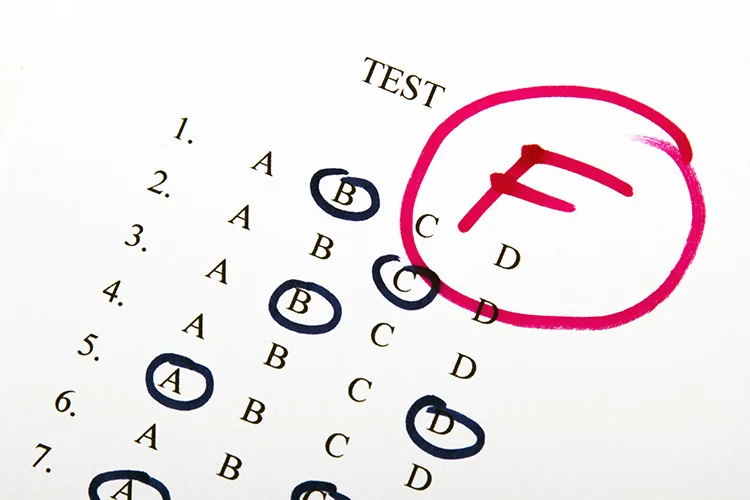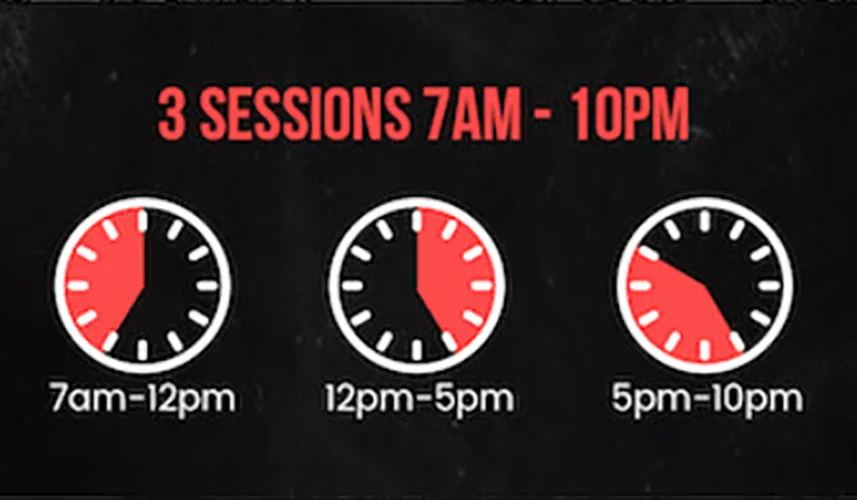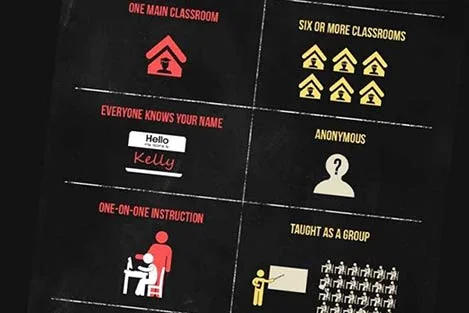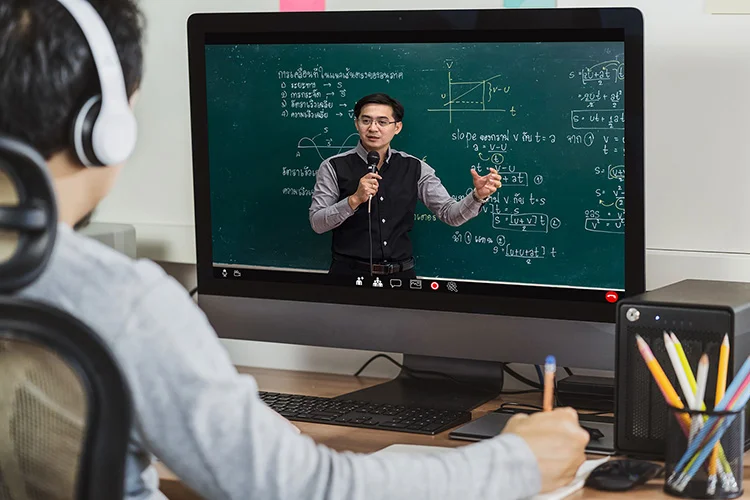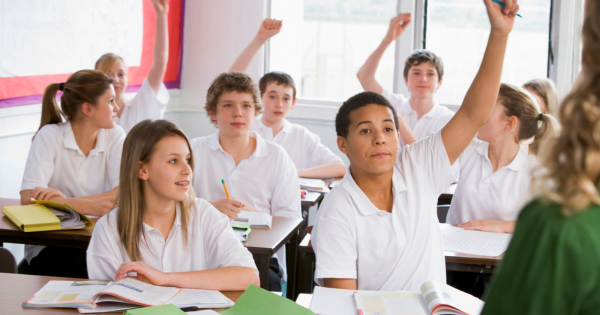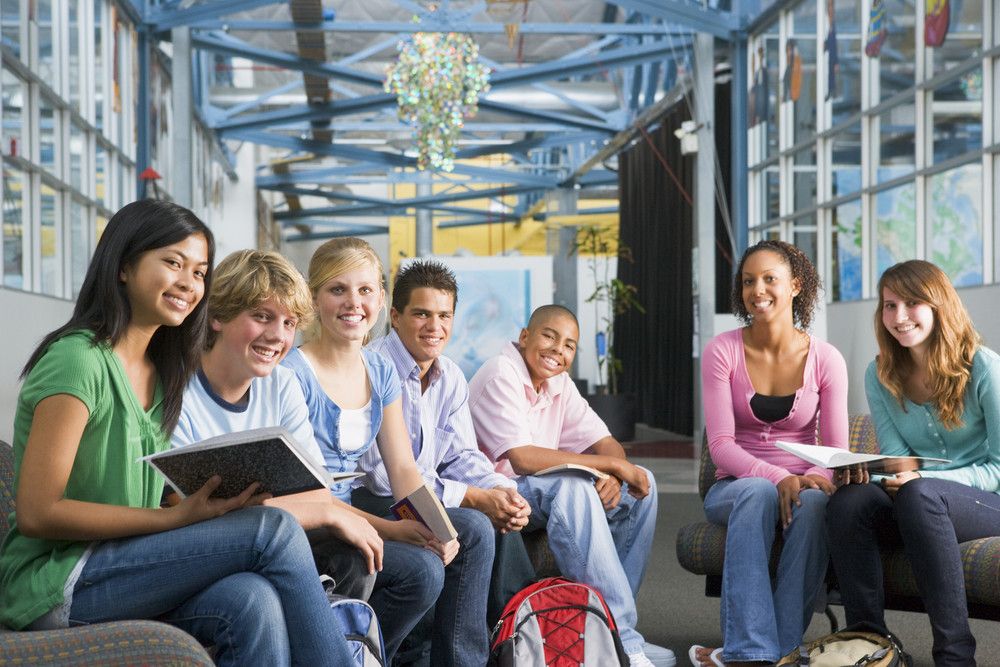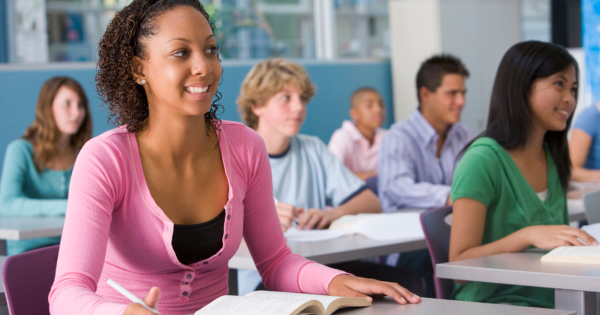Roughly, a staggering one million students drop out each year, and nearly half of all African Americans, Hispanics, and Native Americans fail to graduate. Dropping out of school can have severe consequences for students both immediately and far into their futures. 86% of high school students graduate, according to the national average. The other 14% disproportionately affects low-income communities with higher dropout rates and less opportunity to improve their situation in the future.
This article will cover some of the reasons why so many students are dropping out of school, the risk factors, and how to prevent this epidemic.
High School Students
Student success towards high school graduation is a goal for most high schools. They aim for higher school rankings and test scores, support students in their extracurricular activities, and dial in on the specific skills of each student. Many schools offer career coaching to students, encouraging them to go on to community college or to become college students, but many students drop out due to family obligations, lack of community resources, and even poorer health.
High School Diploma
Dropping Out of School Prevention – Diploma & Graduation Cap
Earning a high school diploma has become essential to the financial success of people living in the United States, and attaining a high school diploma is often the first step towards future goals for students. Whether that be going on to four-year universities, community colleges, or the workforce.
GED
Many jobs will not hire students without a high school diploma and the military will not take students without a GED (General Educational Development) or a high school diploma. The General Educational Development tests are a group of four subject tests which, when passed, provide certification that the test taker has United States or Canadian high school-level academic skills. It is an equivalent alternative to the US high school diploma.
Earning a High School Diploma
High school graduates earn their high school diploma as a marker of their academic achievement, typically at the end of their fourth school year. A typical school day is about 6-7hrs long and has the potential to engage students, provide students with new experiences and field trips they wouldn’t have otherwise, and keep the school’s dropout rate at bay.
High School Dropouts
Dropping out means leaving high school, college, university, or another group for practical reasons, necessities, inability, or disillusionment with the system from which the individual in question leaves.
Lack of Resources
Many high schools are without the resources necessary to provide the support students need. Especially high-risk students whose parents may have lower-paying jobs and need help from their children to support their other family members. These students often lack the agency to focus on school. Needing to leave school for work is just one aspect contributing to the dropout rate.
Failing Grades
More than 27% of students say that they leave school because they are failing too many classes. Without enough passing grades and/or credits than required, students start to become discouraged and resigned to the idea that school just isn’t for them, adding to the dropout crisis.
Boredom
Nearly 26% report boredom as a contributing factor. About 26% also say that they dropped out to become caregivers, and more than 20% say that school simply wasn’t relevant to their lives. Only a small percentage say that they drop out because of school life, ineffective teachers, residential instability, mental health issues, or getting kicked out of school.
Dropping Out of School Causes, Consequences and Solutions
Risk Factors
Researchers have connected many of these factors of at-risk students and lower high school graduation rates to socio-economic status. Low-income students from low-income areas are 2.4 times more likely to drop out of school than those from middle-income neighborhoods. When students need to worry about necessities like food, shelter, and safety, they cannot expend energy on school.
Consequences
There are enormous consequences for dropouts, their families, and their communities. Young adults with a high-school degree earn 25 percent more than those without one, and this divide lasts a lifetime. A high school graduate’s lifetime income is 50 to 100 percent higher than a dropout’s.
While individuals cannot control many of the factors that contribute to students dropping out of high school, they can do some things to help students succeed.
Prevention
Considering more than 27% of high school dropouts say that they were failing too many classes, it makes sense that a large portion of dropout prevention may focus on parent involvement and educators giving at-risk students more opportunities to learn course materials and get better grades. This may involve after-school tutoring, more active learning, finding a mentor through community centers, or helping students to find out and understand a potential learning disability that may make academic success more challenging.
Family Involvement
Parental involvement can also contribute to student success simply by staying involved in education. Staying involved may include checking in with teachers, making extracurricular events a family engagement, and making plans for what their children would like to do after graduation. Establishing academic expectations, such as going to college, can influence how students perceive their goals.
Students enrolled in sports and extracurricular activities correlate with a higher high school graduation rate as well as student retention. Young people stay in school when they have something to look forward to and that is meaningful to them.
National Dropout Prevention Center
The National Dropout Prevention Center (NDPC) offers topical videos and virtual professional development to support schools and educators. Approaches to school dropout prevention include providing helpful resources and improving the learning process for students early on.
Early Education
Birth-to-five interventions demonstrate that providing a child additional enrichment can enhance brain development. The most effective way to reduce the number of children who will ultimately drop out is to provide the best possible classroom instruction and perform an education evaluation from the beginning of their school experience through the primary grades.
Technical Education
For older students, a focus on technical education can be a great approach. A quality technical education program and a related guidance program are essential to improve students’ educational experience and often lead to greater student retention, test scores, and graduation rates. School-to-work programs recognize that youth need specific skills to prepare them to measure up to the larger demands of today’s workplace and can help improve poor attendance as students find their classes to be more relevant to their real lives.
Alternative High School
Alternative schooling provides potential dropouts with a variety of options that can lead to graduation, with programs paying special attention to the student’s individual social needs and academic requirements for a high school diploma.
At the Rose Academies Charter Schools, we have had an alternative approach to high school education for over 20 years. Our goal is to help students who have fallen behind to become high school graduates. As students drop out of school, students drop out of a number of opportunities we think are too valuable to forgo.
Credit Recovery
Oftentimes when students drop a class, they are failing what is required for graduation and so are then required to complete a whole additional year of schooling. At the Rose Academies, we offer a credit recovery program where students only take the credits they need for graduation. This encourages students to stay the course of their education, especially when students lack the time to devote an entire additional year in full-time school.
Flexible Scheduling
Rose Academies’ Flexible Scheduling
Due to the fact that so many students need to or choose to work throughout their high school experience, the Rose Academies offer flexible scheduling options. Each student can choose a five-hour-long session offered three different times throughout the day. We find that some school policies and the rigidity of curriculum in other schools can be discouraging for students whose lives don’t fit that of typical high school students, and we aim to give each and every one of our students the opportunity to succeed.
Reaching Graduation
The high school dropout rate is in constant flux for young people, but here at the Rose Academies, we help to prevent students from feeling the need to contribute to the dropout rate with a focus on individual students.
To separate our charter school from traditional education we focus on what high school students want: a small, friendly environment that puts an emphasis on personalized needs. Because of that, all of our teachers are caring guides who work with their students on an individualized basis, in engaging classrooms, to help them meet and exceed all of their goals.
Beyond being a charter school Tucson can trust, Rose Academies help provide continued success after high school for young adults. Our Rose Personal Progress Planners can help students set and achieve post-graduation goals on a continued basis, long after they have left our campuses.
Dropping out of school should never be an option or last resort. We invite you to learn more by continuing to explore our website and see the Rose difference for yourself!
